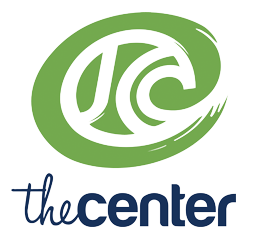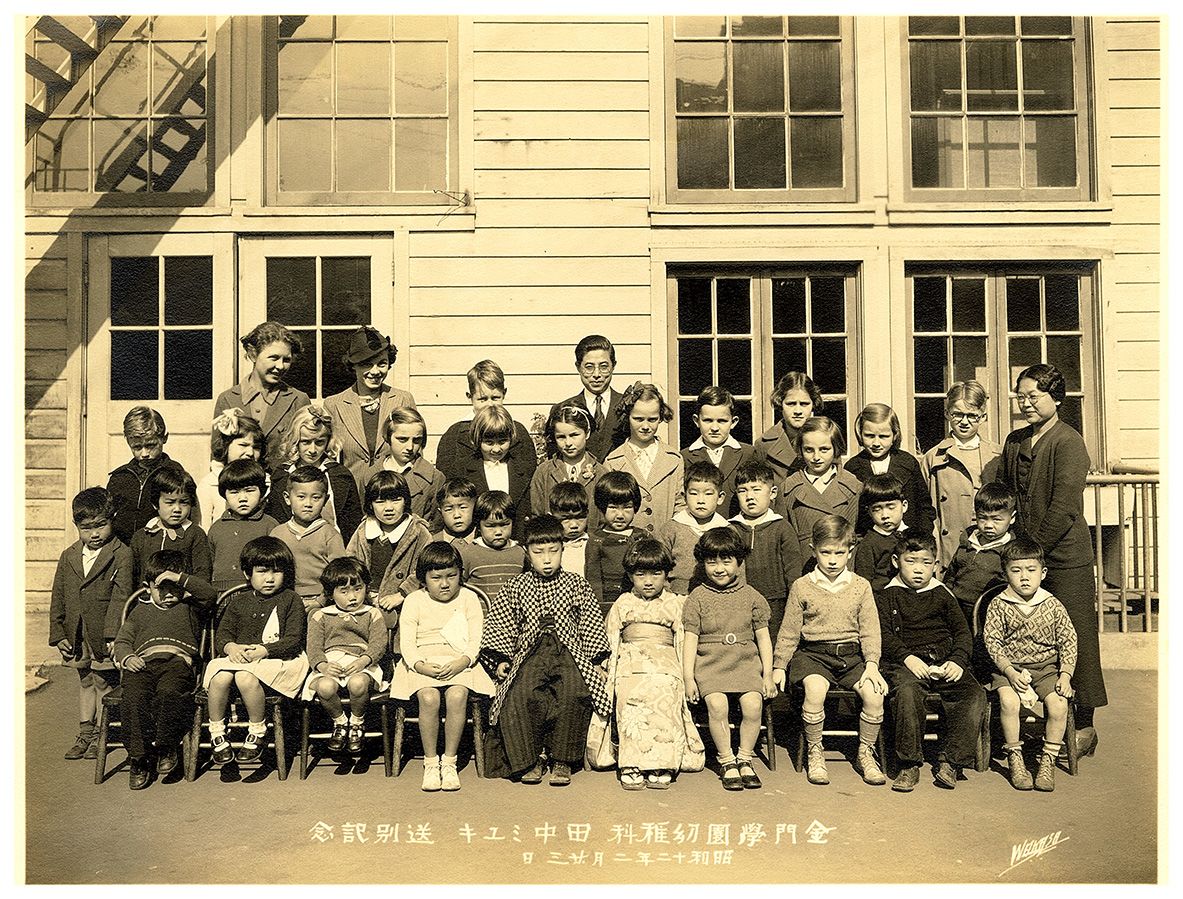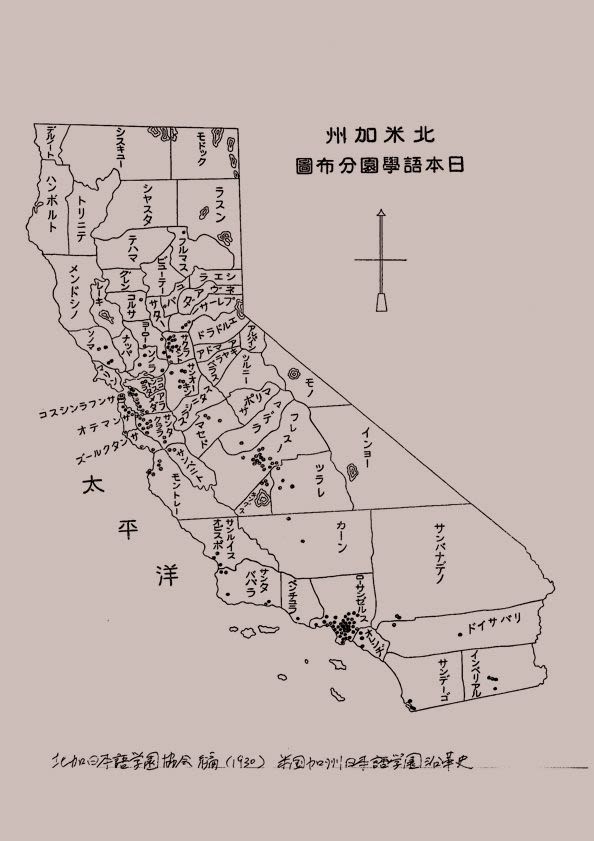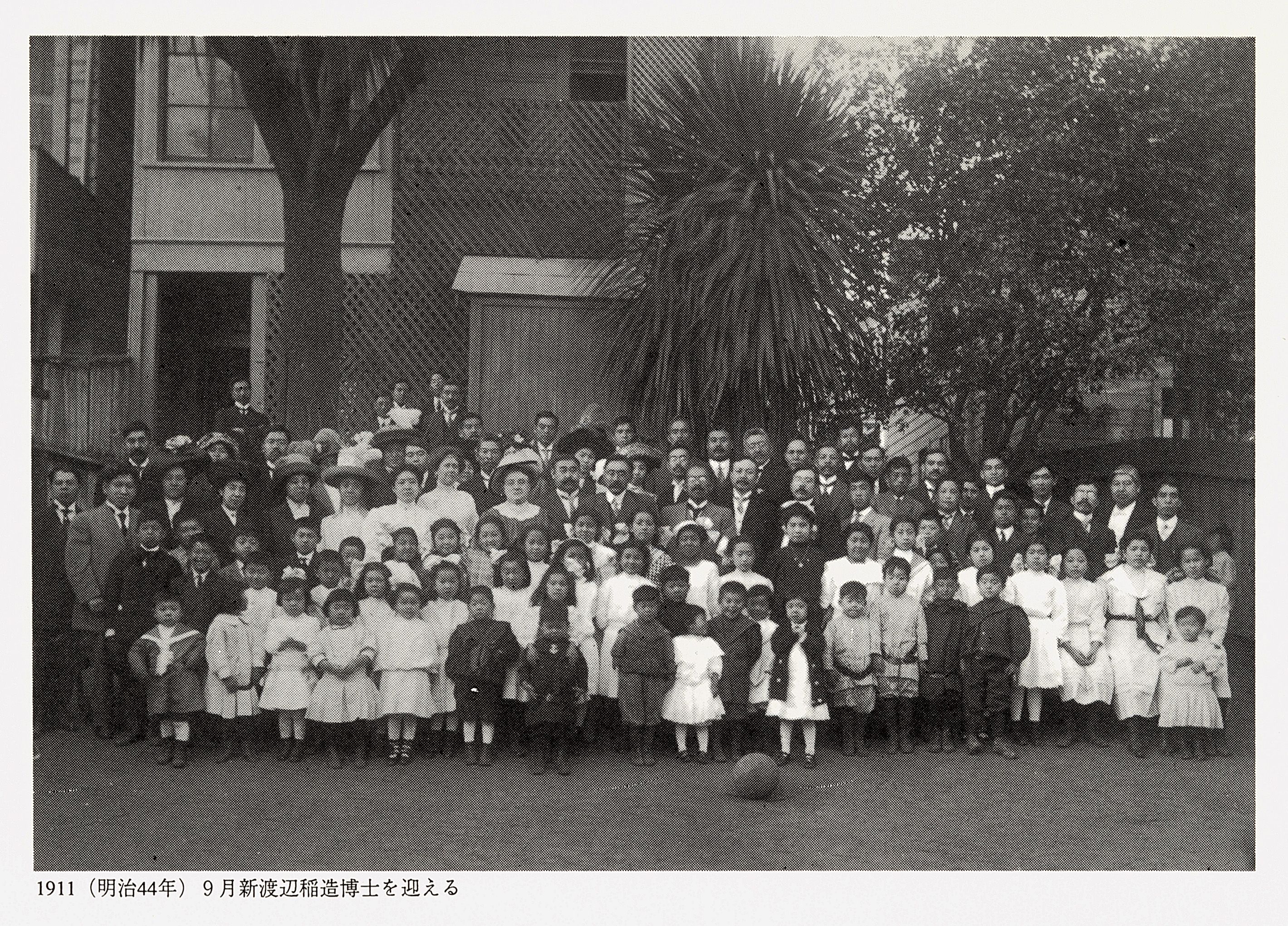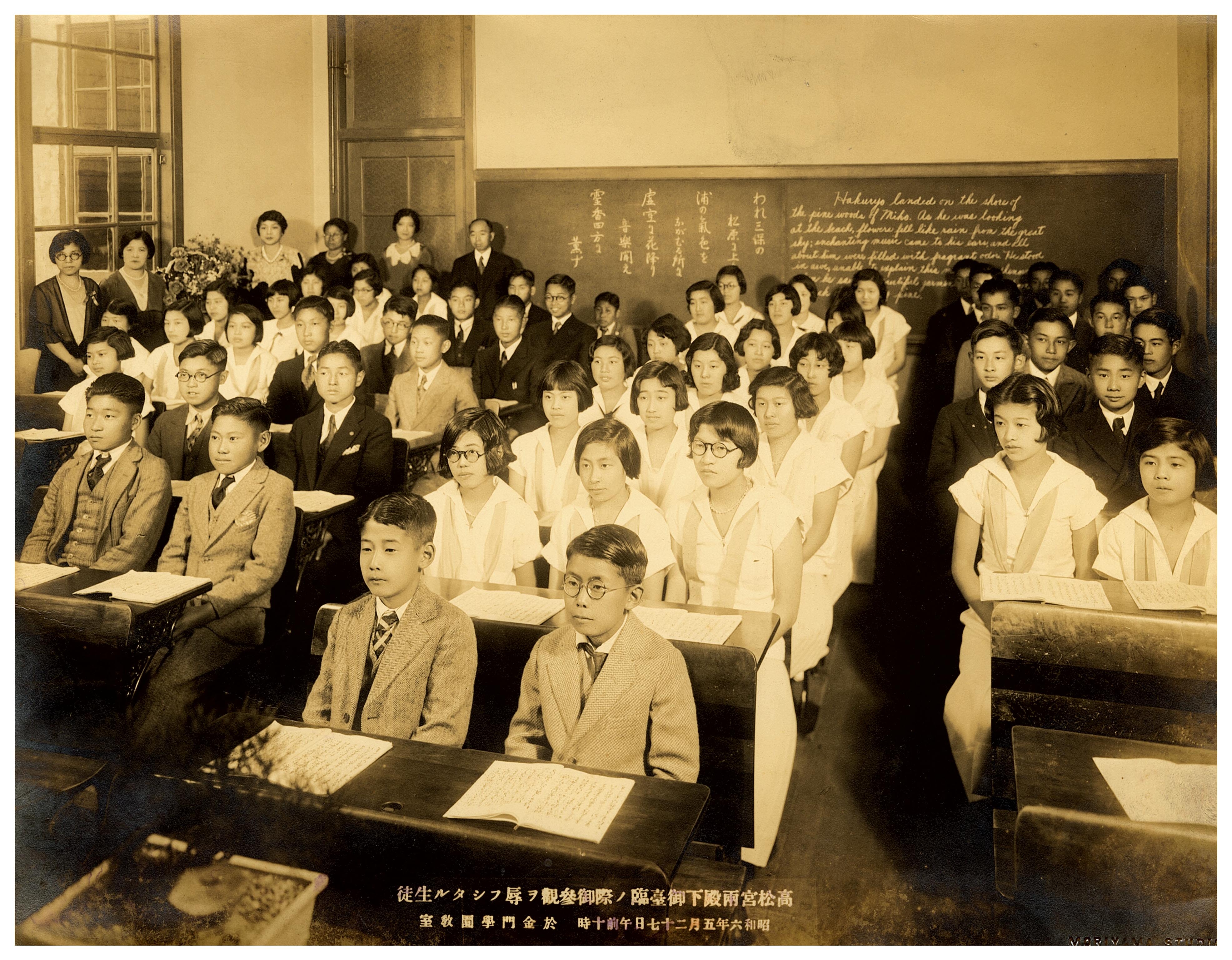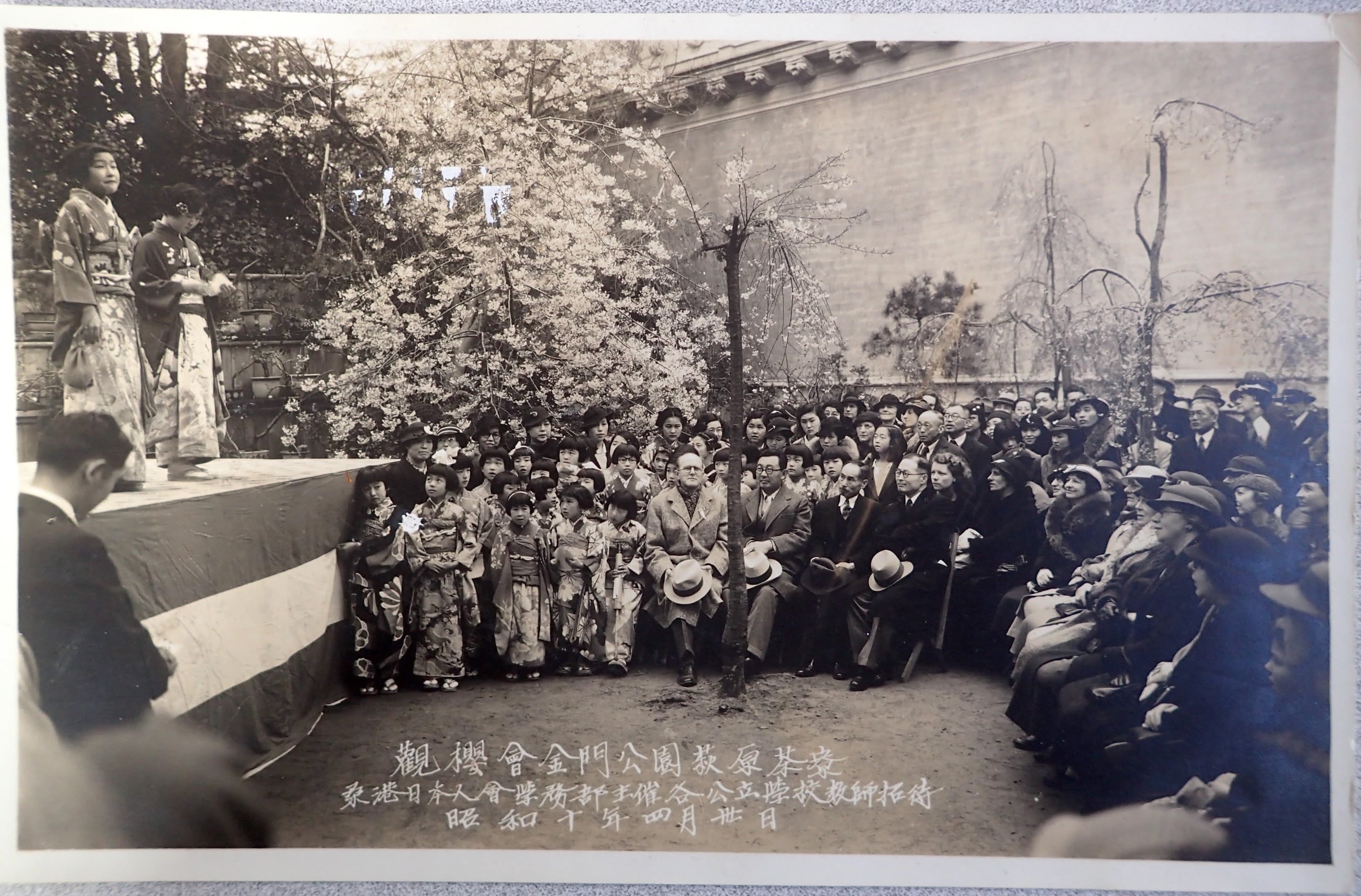Japanese Language Schools in the Pre-war Period
A Focus on Kinmon Gakuen
By: Toyotomi Morimoto
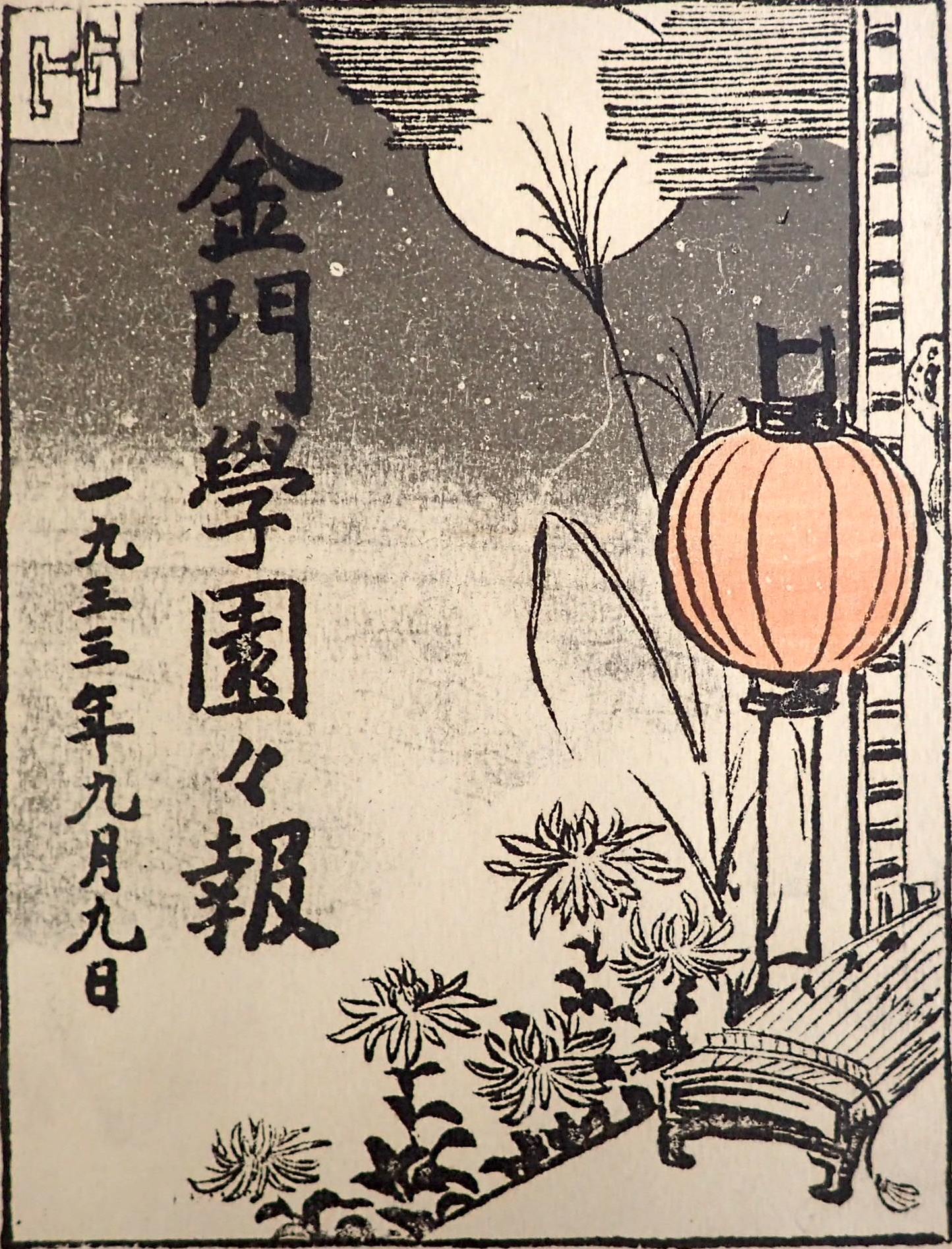
This site is currently in beta.
We welcome your feedback and please come back for future developments.
Email us at jaha@jcccnc.org or call 415.567.5505.
Introduction


I n the nascent years of Japanese settlement, education played a vital role in fostering community cohesion and identity. Within this landscape, various types of schools emerged to cater to the needs of Japanese in America, from English schools to nurseries. For the Japanese communities abroad, Japanese language schools (JLS) served as pillars of cultural preservation, ensuring the transmission of language, traditions, and values across generations. Among the resources I examined, the Kinmon Gakuen materials within the JAHA collection particularly caught my attention. This prompted me to delve deeper into understanding the Gakuen's connections with the Japanese Association of America, the Japanese consulate, the Yokohama Specie Bank, and the broader Japanese community
An Overview of Japanese Language Schools in California in the Pre-war Period


In the early 1900s, Nikkei communities in San Francisco, Oakland, and Los Angeles all had Japanese schools of various types. The directory published as an appendix to the Japanese American Yearbook 在米日本人年鑑 mentions, for example, that in 1905, there was an Evangelical English School and a Buddhist Youth Society English School in San Francisco, indicating that several schools affiliated with Christian churches taught English to Japanese immigrants who were working while studying (苦学生kugakusei). Similarly, at the same time, Los Angeles had the Christian Youth Association English School to provide English lessons for the hard-working immigrants. In the early twentieth century, the Nisei population was still quite small so that church facilities were sufficient to accommodate the immigrant student population (kugakusei), whose American-born children were still too young to require schools (or who had not yet been born).
A survey was conducted in 1918 by Nichibei Shinbun日米新聞 regarding educational institutions for Japanese children in their communities across the continent. It found there were eight nurseries with 121 children; 47 kindergartens with 86 teachers and 1,032 children; 57 Sunday schools with 252 teachers and 2,772 children; and 68 JLS (Japanese language schools) with 128 teachers and 2,442 students. Furthermore, the 1920s witnessed a sharp increase in JLS, corresponding to the increase of school-age Nisei children.
Kinmon Gakuen Kindergarten's Farewell Party for Ms. Miyuki Tanaka, February 23, 1937.
Kinmon Gakuen Kindergarten's Farewell Party for Ms. Miyuki Tanaka, February 23, 1937.
The first decade of the 20th century witnessed the concentration of schools in the San Francisco and Los Angeles metropolitan areas and their gradual spread around the agricultural regions where Japanese farmers resided. The first JLS established in mainland North America was the Seattle Japanese Language Schoolシアトル國語学校, founded in Seattle, Washington, in June 1902. In the following year, 1903, Nippon Gakuin 日本学院 was established in San Francisco and Sacramento Nihon Shogakko 桜府日本小学校in Sacramento.
Map depicting the distribution of Japanese Language Schools in North America, California (1930).
Map depicting the distribution of Japanese Language Schools in North America, California (1930).
Several listings of Japanese language schools are extant, although it should be noted the schools’ names and establishment years differ from table to table. One of the most comprehensive listing can be found in “Nihongo Gakko Chosa Ikken日本語学校調査一件”, or A Survey of Japanese Language Schools, which was a report submitted by consuls in San Francisco, Los Angeles, Seattle, Portland, Chicago, New York, New Orleans, and Hawaii to the Japanese Foreign Minister, Hirota Koki 廣田弘毅 in 1935 and 1936. In the jurisdiction of the San Francisco consulate, 149 JLS were listed, covering California, Utah, and Colorado, while 117 JLS were in Los Angeles and its vicinities, New Mexico and Arizona. Hawaii alone reported 158 JLS, whereas there were only three each in Chicago and New York and one in the jurisdiction of New Orleans.
Founding Kinmon Gakuen
金門学園


Kinmon Gakuen, or the Golden Gate Institute (hereafter called the Gakuen), was established in 1911 in San Francisco. The Gakuen became the most prominent Japanese language school in pre-war California, with over 500 students at its peak in the late 1920s. The Gakuen was the result of a meeting held to discuss the founding of a Japanese language education institution. At that meeting, a proposal was submitted by the Mokuyokai 木曜会, or Thursday Club, and agreed upon by the general meeting of the Zaibei Nihonjinkai 在米日本人会. The proposal by the Mokuyokai advanced the establishment of a kindergarten followed by an elementary school. Two women, a Caucasian and one Japanese, were hired as teachers at the kindergarten. The focus of the elementary school was on preparatory education or supplemental education for the public school. English was to be taught at the preparatory school; however, great importance was also attached to education that respected the imperial family, such as celebrating Emperor Meiji’s birthday (tenchosetsu 天長節). In other words, even though the primary emphasis was placed on American education, what was also practiced to a great extent involved the teaching of Japanese heritage, language, and culture.
The Gakuen celebrated its opening ceremony on April 15, 1911, with Kinji Ushijima 牛島謹爾, the president of Zaibei Nihonjinkai, Junzo Fujihira 藤平純三, manager of the San Francisco branch of the Yokohama Specie Bank, and Matsuzo Nagai 永井松三, Consul of the Japanese Consulate-General in San Francisco in attendance. It began instruction two days later, on April 17, 1911, with 12 kindergarteners, 12 students in a preparatory course, and 21 supplementary school students. Kindergarten and preparatory course classes were held every day from 9:00 am to 12:00 noon. Supplementary Courses were divided into two classes, Class ko 甲 and Class otsu 乙 ,which started at 3:30 pm and lasted 2 hours each.
Welcoming Dr. Inazō Nitobe at Kinmon Gakuen, September 1911.
Welcoming Dr. Inazō Nitobe at Kinmon Gakuen, September 1911.
The Gakuen’s operations appeared to enjoy smooth sailing, but a headline in Shin Sekai 新世界carried a different story: “Kinmon Gakuen’s current financial situation is insufficient every month.” To help with this difficult situation, the Soko Nihonjinkai (San Francisco Japanese Association) covered the monthly shortfall, and the local Nikkei community also provided financial support in various ways. For example, in September 1916, Consul General Masanao Hanihara 埴原正直threw the first pitch at a fund-raising baseball game between the San Francisco Harborview baseball team and the Sacramento Koryo Baseball Team 桜府広陵野球団. The Soko Engeikai 桑港演芸会 also held concerts to raise donations. As enrollment increased, plans for a new school building were discussed. A consulate staff member initiated the planning in 1918, which led to substantial donations from community members. The new school building was completed and dedicated on April 11, 1926.
Among educators at JLSs, the topic most frequently discussed was the compilation of regional textbooks. Since a series of kokutei kyokasho国定教科書 (textbooks compiled and designated by the Ministry of Education of Japan) were edited with Japanese nationals in mind, they were deemed inappropriate regarding their language, content, and editorial policy. With the enactment of the foreign language school control law (Parker Bill) in 1921, the JLS needed to compile its own textbooks. The California version of JLS textbooks was completed and published in 1924. The Gakuen used kokutei and California textbooks with other supplementary teaching materials.
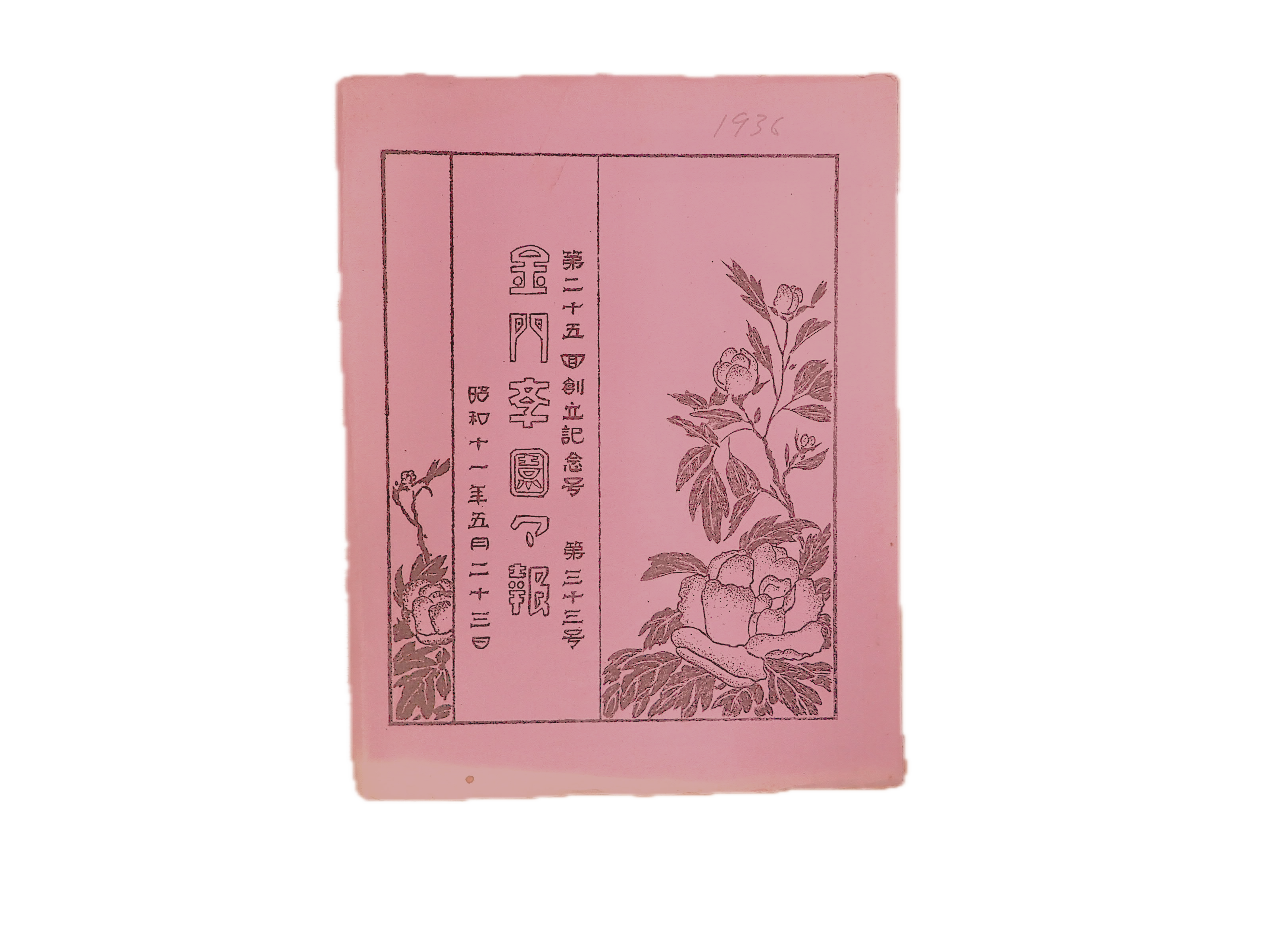
Prince and Princess Takamatsu no Miya visited the Gakuen on May 12, 1931, followed by Prince and Princess Kaya on September 4, 1933. The close ties with the Imperial family through the visitations of the princes and princesses were gratifying occasions for the Issei parents and community members. The local Japanese newspapers covered the imperial visits extensively, and students wrote essays about them in special issues of the Gakuen’s yearly report.
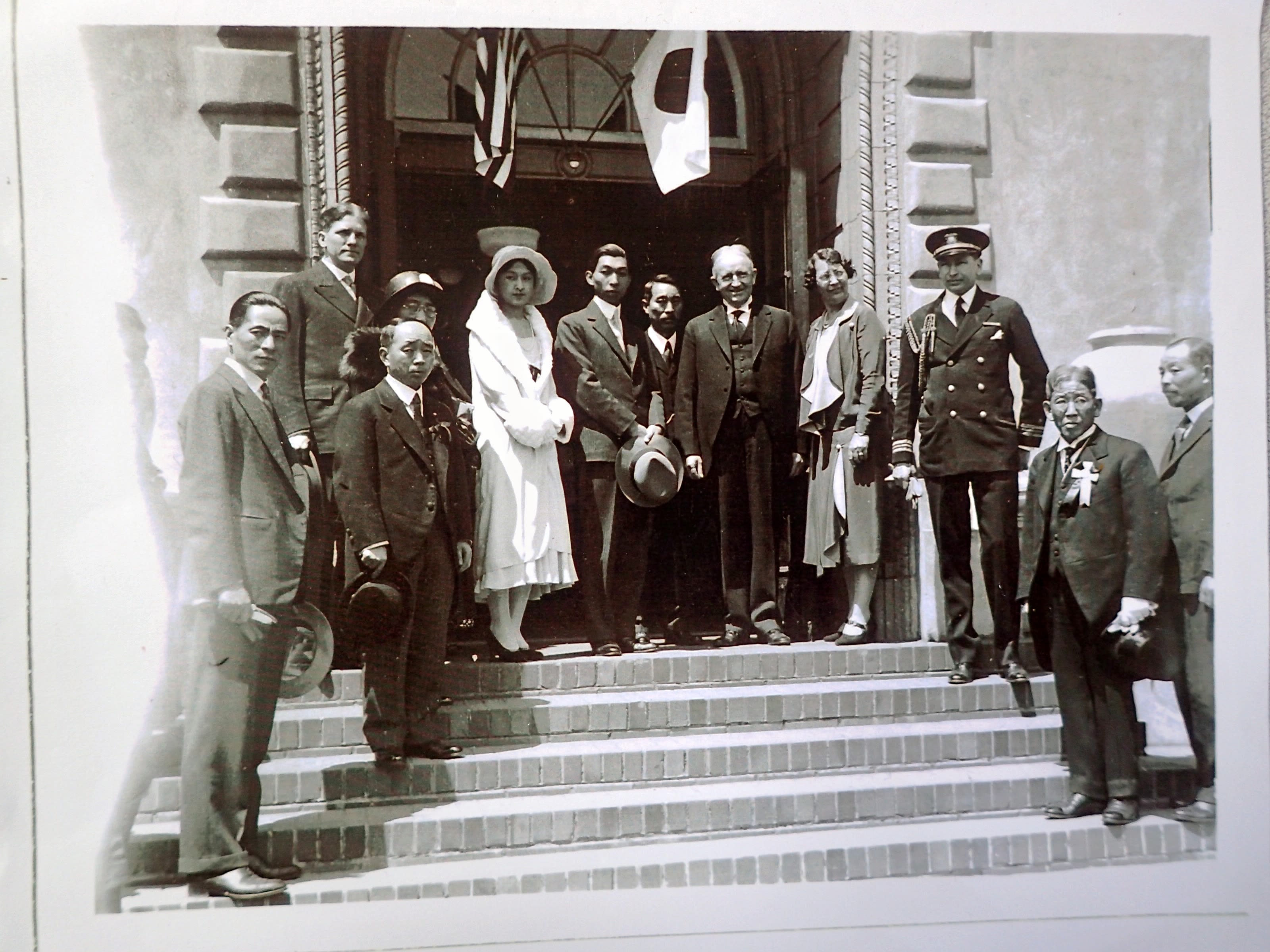
Students receive Prince and Princess Takamatsu in their class, May 27, 1931.
Students receive Prince and Princess Takamatsu in their class, May 27, 1931.
Multifaceted Functions of Kinmon Gakuen


As we have seen, Kinmon Gakuen was a representative JLS in California due to its close relationship with the founding body, Mokuyokai of the Japanese Association of America, the association that mediated between the Japanese consulate-general and local Japanese associations. Responding to the needs of the early immigrants in Japanese communities, the first schools to be created started with nurseries and kindergartens and gradually developed into Japanese language schools. Kinmon Gakuen was not the first JLS established, but it attracted many students in the pre-war period and became the largest of its kind in California in the 1930s.
Class of 1935, Kinmon Gakuen Elementary School May 25, 1935
Class of 1935, Kinmon Gakuen Elementary School May 25, 1935
As mentioned above, community members supported the Gakuen in various ways, such as raising funds through dramas, movie shows, and baseball games. In return, the schools provided parents and community members with annual events and visits by well-known figures, including imperial family members from Japan, confirming close ties with their beloved homeland. In this sense, each Gakuen in pre-war California functioned as a community center for both Issei parents and Nisei children. Along with other JLS, Kinmon Gakuen was an after-school child-care institution which helped cultivate communication skills for the Nisei children and attempted to nurture resources for them that could bridge the gap between Japan and the US. Lastly, during the economically challenging 1930s, the Japanese language was seen as possibly quite important for Nisei’s future employment possibilities should they return to Japan.
A cherry blossom party at Hagiwara Tea Garden in Golden Gate Park, April 30, 1935. Teachers from San Francisco's public schools were invited.
A cherry blossom party at Hagiwara Tea Garden in Golden Gate Park, April 30, 1935. Teachers from San Francisco's public schools were invited.
At the outbreak of war between the US and Japan, all the JLS in California closed. Japanese instruction was prohibited in the assembly centers and concentration camps, except for the Tule Lake Segregation Center. And yet, traditional Japanese culture was prevalent across the camps. Further investigation of the language and cultural continuity during and after the war is essential.
This interactive dashboard provides a view of Japanese Language Schools data from the Nichibei Nenkan (1918). Click on the map to explore the data by location or filter the data categories to focus on specific aspects of the data, such as the number of students, teachers, financial support types, etc.
References
北加日本語学園協会編『米国加州日本語学園沿革史』北加日本語学園協会,1930.
Ichioka, Yuji. The Issei: The World of the First Generation Japanese Immigrants, 1885-1924. New York: The Free Press, 1988.
Ichioka, Yuji; Chang, Gordon H. and Azuma, Eiichiro eds. Before Internment: Essays in Prewar Japanese American History. Stanford: Stanford University Press, 2006.
Morimoto, Toyotomi “Education for Nikkei citizens in pre-war America: Japanese language schools and textbooks in California and Washington.” In Anderson, Vivienne and Johnson, Henry. Migration, Education and Translation: Cross-Disciplinary Perspectives on Human Mobility and Cultural Encounters in Education Settings. New York: Routledge, 2019, 174-185.
永井松三編『日米文化交渉史 第5巻 移住編』洋々社,1955.
日米新聞社『日米年鑑 第12号』(The Japanese American Year Book Vol. 12), 1918.
在米日本人会事蹟保存部編『在米日本人史』在米日本人會,1940.
Archival Collections
外務省外交史料館(アジア歴史資料センター)I-1-5-0-17「日本語学校調査一件」(A Survey on Japanese Language Schools), 1935, 1936.
邦字新聞デジタル・コレクション ジャパニーズ・ディアスポラ・イニシアチブ Hoover Institution Library & Archives, Stanford University.
Nichibei Shinbun 日米新聞.
Shin Sekai 新世界.
Japanese American Historical Archives Collection, The Japanese Cultural and Community Center of Northern California.
The Yokohama Specie Bank related materials.
金門学園所蔵文書.
北加日本語學園協会編『文部省及加州讀本準拠 実力増進 反意語 読方書取 自習書』, n.d.
金門學園『筆順練習帖 第1号』金門學園教材研究部『部首ニ依ル漢字読方書取練習帖』,n.d.
金門学園所蔵議事録「金門學園記事」1910-1930、アルバム, n.d.
金門学園『金門學園々報』1933,1934,1936,1937,1939.
金門学園『創立80周年記念 金門学園の歩み 1911-1992』, 1992
The records of the Yokohama Specie Bank's (YSB) San Francisco branch, currently housed in the Japanese American Historical Archives - Seizo Oka Collection (JAHA) at the Japanese American Cultural Center of Northern California (JCCCNC), provide a unique window into the inner workings of the Japanese American business community. This aspect of history is often overlooked in traditional historical accounts, offering a nuanced understanding of the Japanese American community, its intricate social networks, hierarchical structures, business objectives, and entertainment activities during the era of prohibition.


